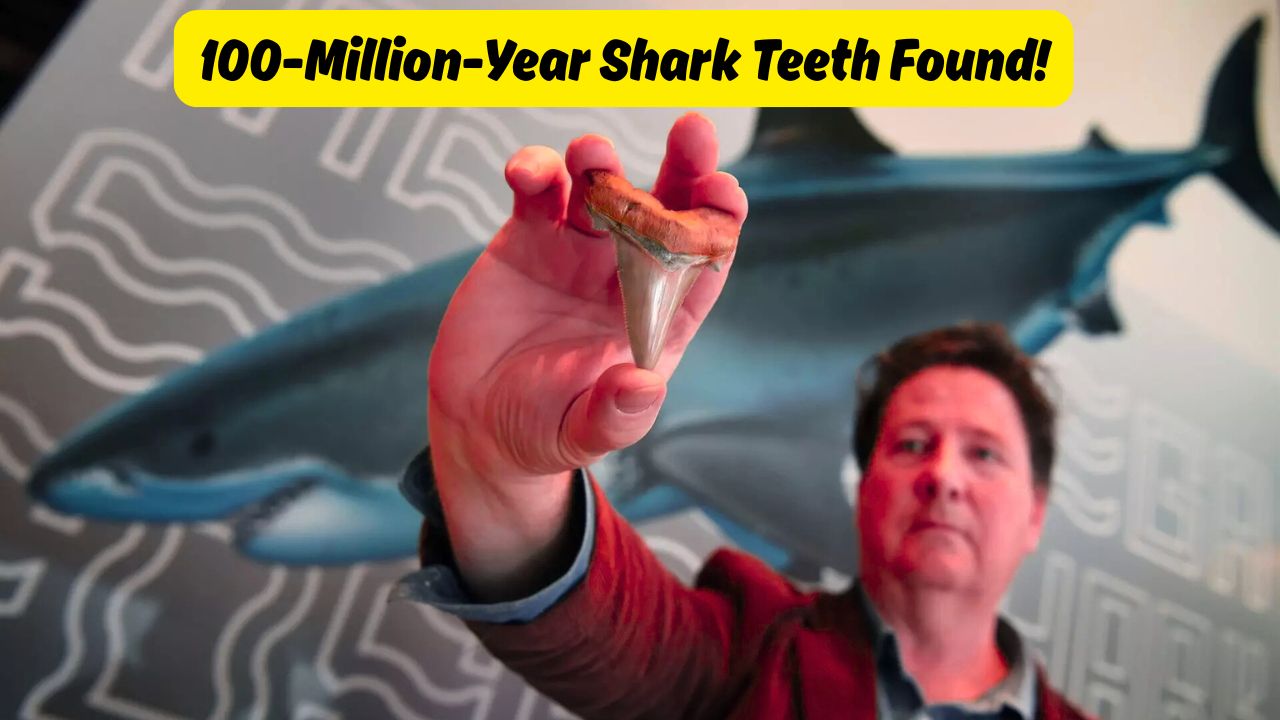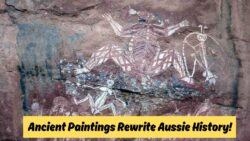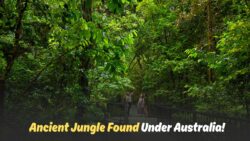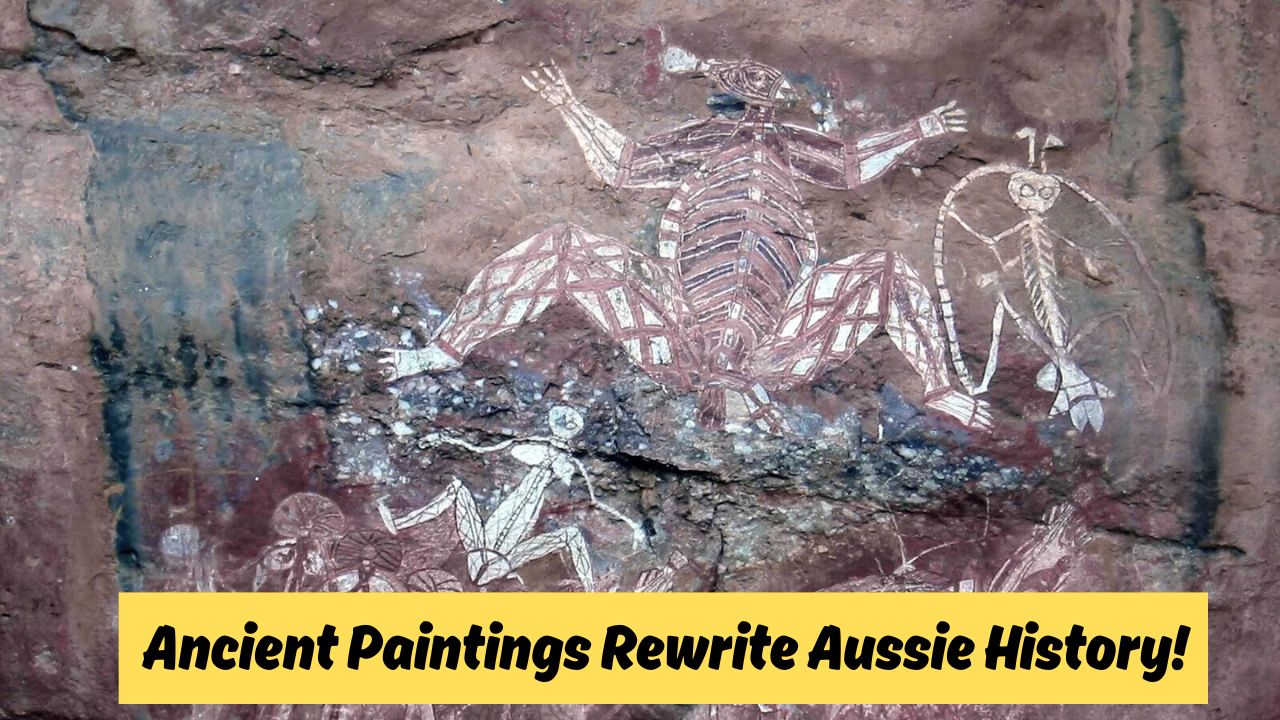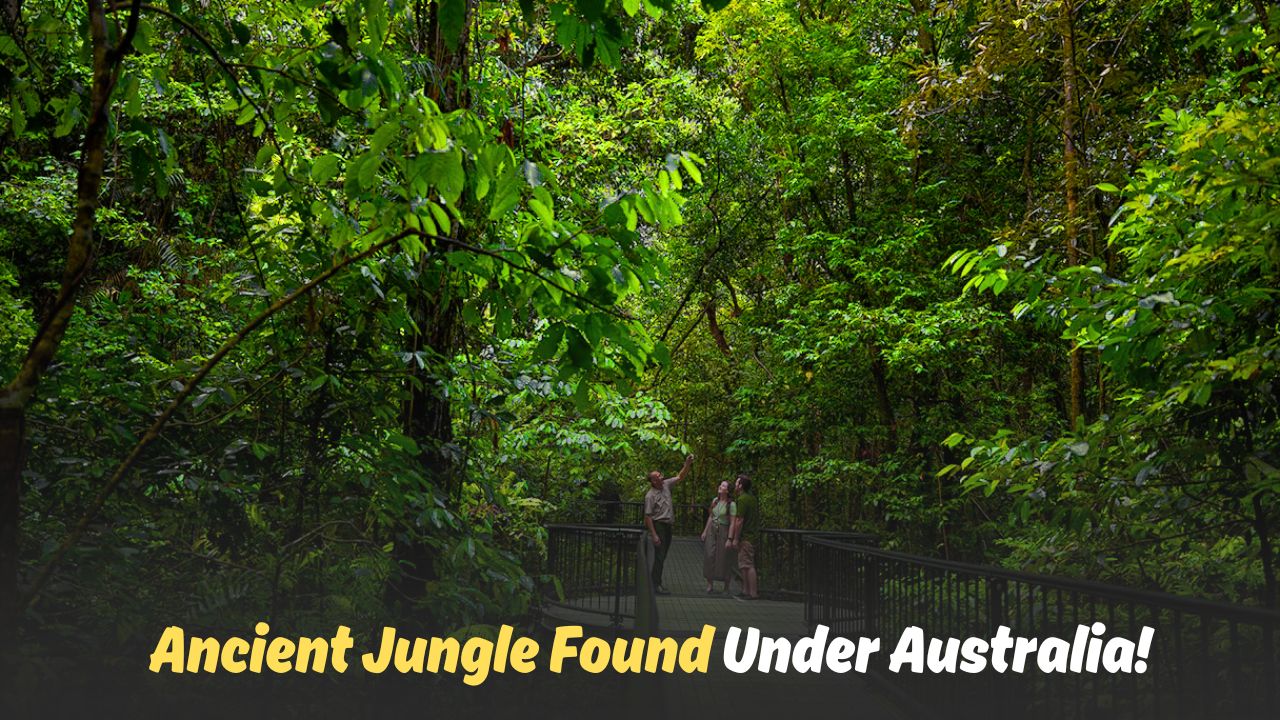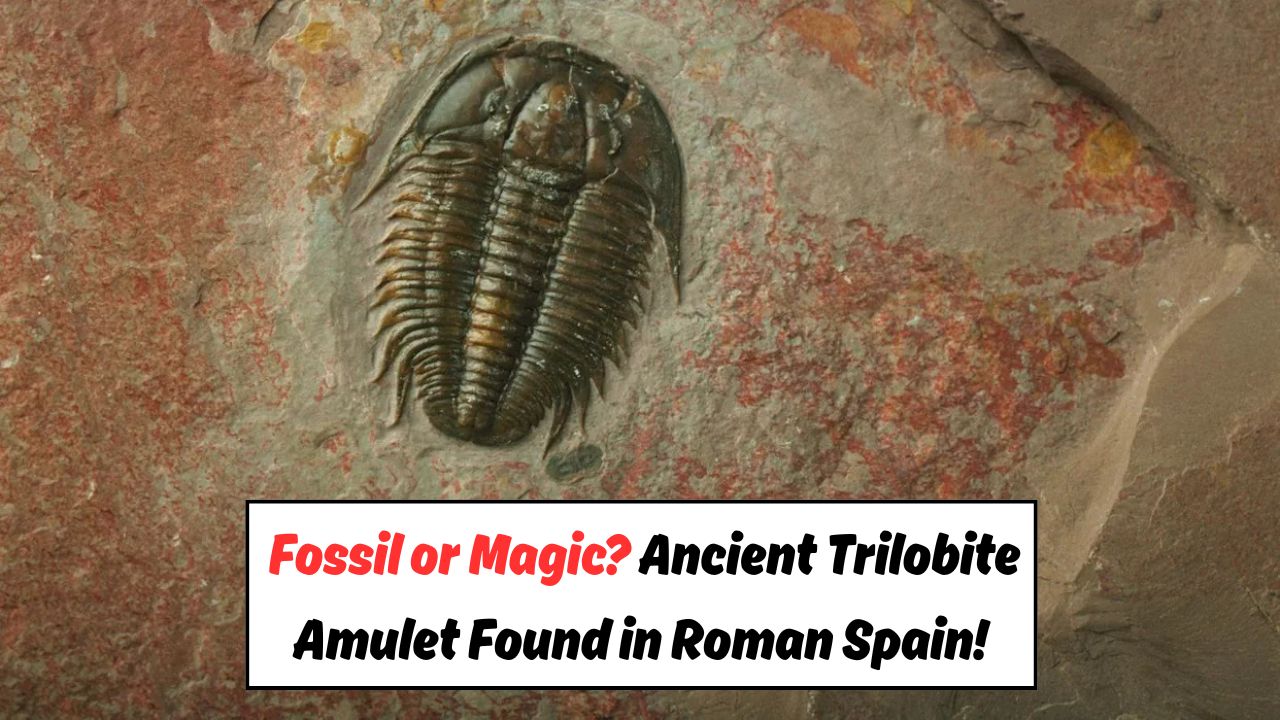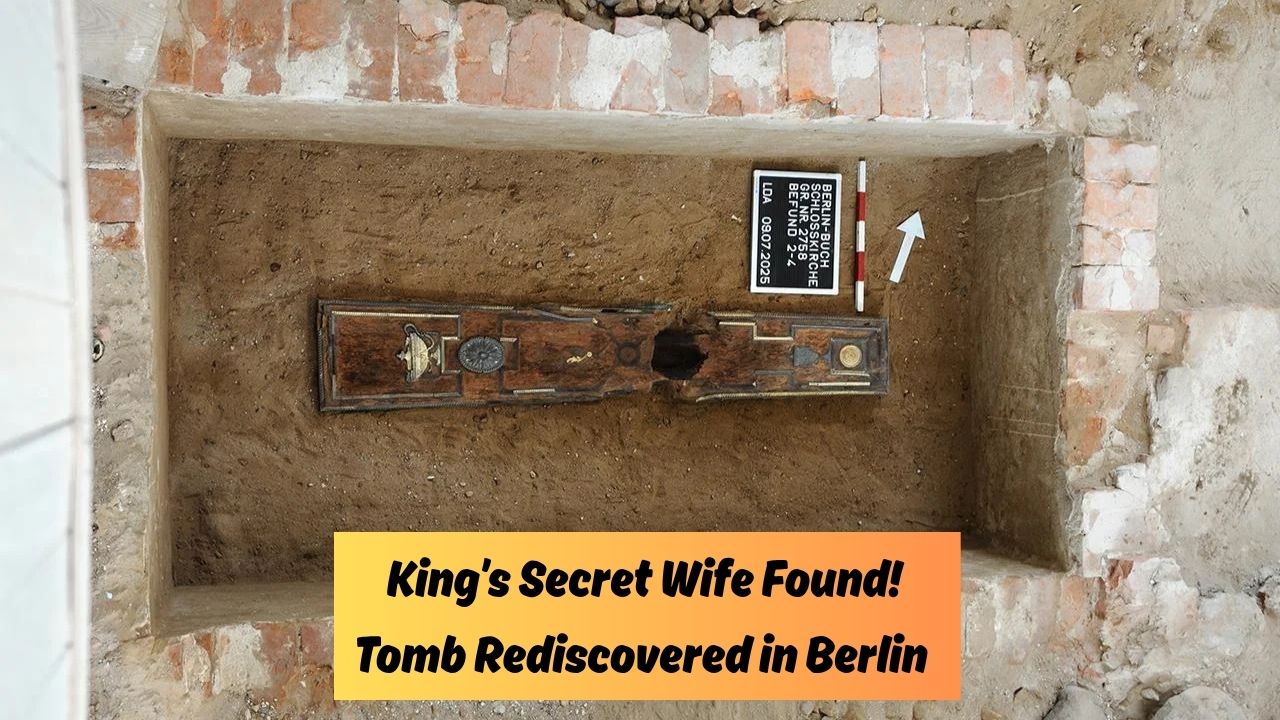Ancient Shark Teeth – The deserts of Australia have long held secrets buried beneath their dusty surfaces, but a recent discovery has sent shockwaves through the global scientific community. In a remote region of the outback, a group of paleontologists uncovered ancient shark teeth that are estimated to be over 100 million years old. This remarkable find not only offers new insight into marine life during the Cretaceous period but also challenges existing assumptions about prehistoric oceans and their reach across the Australian continent. These fossilized shark teeth are unlike anything found in Australia before. The species they belonged to may have once dominated ancient seas that stretched across regions now known for red sands and scorching heat. The discovery provides an important piece of the evolutionary puzzle—helping researchers better understand the transition of marine predators, ancient geography, and the biodiversity of prehistoric Earth.
Where Were These Shark Teeth Found?
The fossilized remains were discovered in Queensland’s outback, a region that is now a dry desert but was once submerged under a vast inland sea during the mid-Cretaceous period.
Highlights of the location:
- Region: Eromanga Basin, Queensland
- Environment then: Warm, shallow inland sea
- Environment now: Arid desert landscape
- Discovery team: Led by researchers from the University of Adelaide and Australian Opal Centre
What Do We Know About the Shark Species?
The shark teeth are believed to belong to a species related to the Cretoxyrhina, often referred to as the “Ginsu Shark,” a large predator from the Cretaceous period. These sharks could grow up to 7 meters (23 feet) in length and were considered apex predators.
Key characteristics of the ancient sharks:
- Name: Possibly a new or undocumented species related to Cretoxyrhina
- Estimated size: 5–7 meters
- Diet: Marine reptiles, smaller sharks, large fish
- Period: Cretaceous (approx. 100 million years ago)
These teeth are serrated and triangular—hallmarks of meat-eating sharks. Their condition is surprisingly well-preserved, suggesting rapid fossilization due to ancient sedimentary processes.
How Did Shark Teeth End Up in the Desert?
The most fascinating part of this discovery is the geological transformation of the Australian landscape. What is now dry desert land was once covered by the Eromanga Sea, a shallow inland sea that existed during the Early to Mid-Cretaceous period.
Timeline of transformation:
| Time Period | Landscape in Australia | Sea Coverage | Key Species Alive |
|---|---|---|---|
| 120 Mya | Coastal marshlands | Sea begins forming | Ammonites, early marine reptiles |
| 100 Mya | Inland sea present | Maximum coverage | Sharks, marine dinosaurs |
| 65 Mya | Sea receding | Transitional landscape | Mosasaurs, final age of dinosaurs |
| Present | Desert land | No sea | Arid land, fossil deposits |
These inland seas hosted diverse marine life, and over time, the sediment preserved their remains. As tectonic shifts and climatic changes dried up these regions, fossils like these shark teeth were left behind as clues of a forgotten ocean world.
Why Is This Discovery So Important?
This isn’t just a cool fossil find—it’s a scientific breakthrough. The teeth help researchers understand:
- The migration patterns of sharks during the Cretaceous period
- The climatic and environmental shifts that transformed oceans into deserts
- The evolution of modern sharks, which share some traits with their ancient cousins
This is also a major moment for paleontology in Australia, which has often been overshadowed by discoveries in North America and Asia. These shark teeth could lead to further exploration in regions previously considered barren.
Scientific implications:
- Could redefine the marine fossil map of Australia
- Offers new data for climate models and sea-level reconstructions
- Potential evidence for new species yet to be classified
Real-Life Application: What Can We Learn Today?
Even though these shark teeth are millions of years old, they carry lessons for today:
- Understanding the resilience and extinction of species can inform current conservation strategies
- Mapping ancient seas can guide fossil fuel exploration, as similar environments often yield natural resources
- Raises awareness about how dramatically Earth’s ecosystems can change over time—valuable knowledge in the age of climate change
This discovery also inspires public interest in paleontology, pushing more young minds toward STEM careers and fostering community engagement in scientific exploration.
What Happens Next?
The teeth have been transported to a lab for detailed analysis using:
- CT Scans
- 3D imaging
- Carbon and mineral dating
The research team hopes to publish their full findings in a scientific journal by the end of 2025. They are also planning further digs in adjacent areas of Queensland, anticipating more fossils of marine creatures such as ammonites, marine reptiles, and even large aquatic dinosaurs.
FAQs
1. Where exactly were the ancient shark teeth found?
In the Eromanga Basin of Queensland, Australia—now a desert but once part of an inland sea.
2. How old are these shark teeth?
They are estimated to be around 100 million years old, dating back to the mid-Cretaceous period.
3. What kind of shark did the teeth belong to?
The teeth likely belonged to a large predatory shark related to the Cretoxyrhina, a powerful marine predator.
4. Why is this discovery significant?
It helps scientists understand ancient marine ecosystems, shark evolution, and the geological history of Australia.
5. Can the public see these shark teeth?
Yes, some specimens are expected to be displayed at the Australian Opal Centre and other natural history museums once studies are complete.
